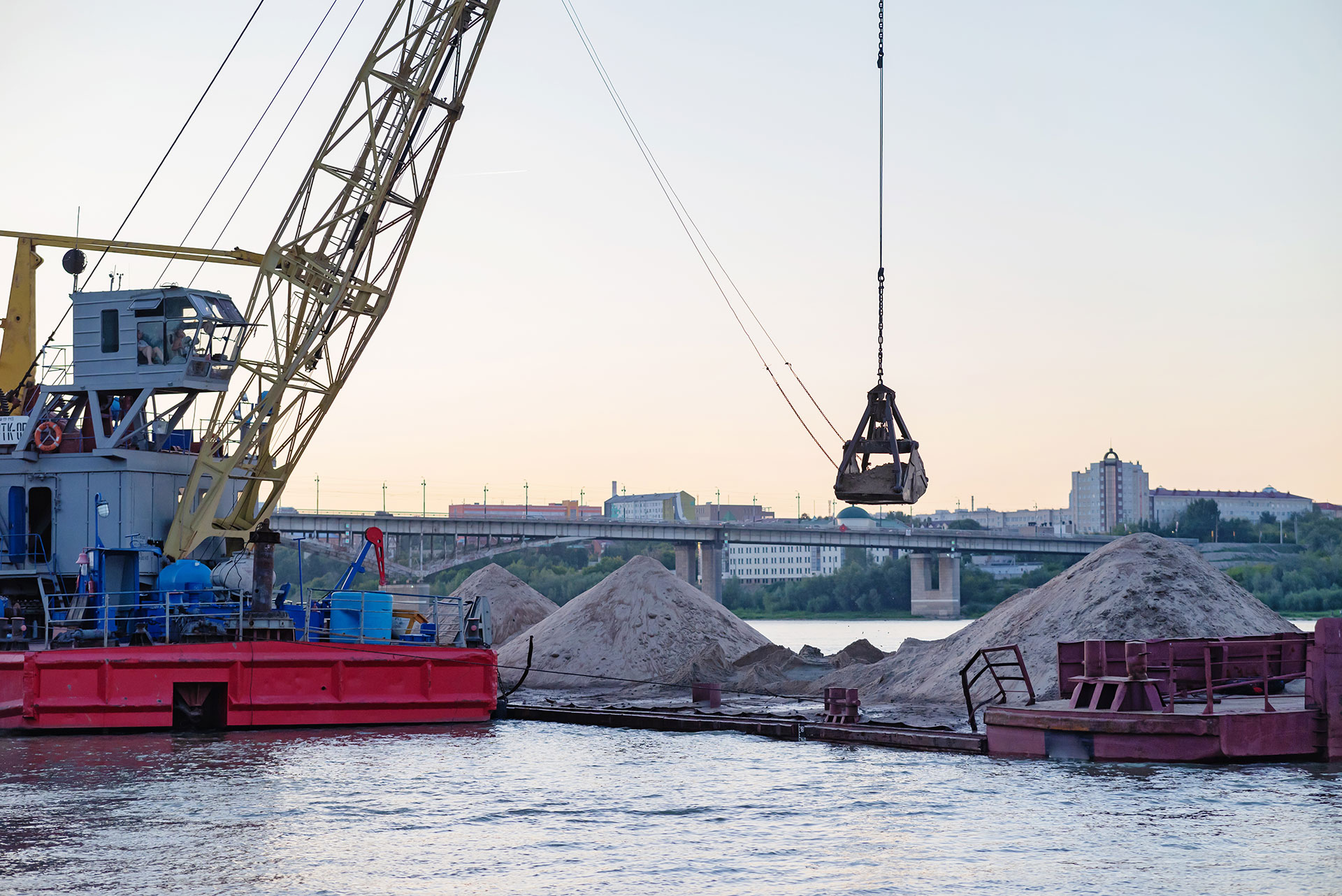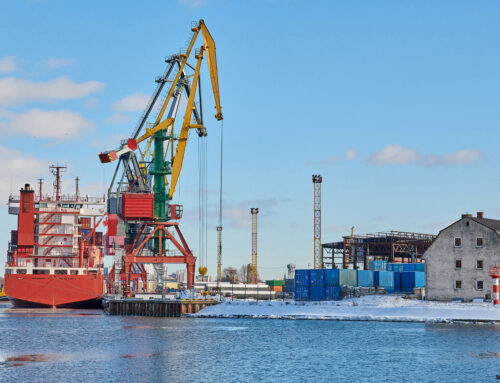Lessons from the Past & Strategies for the Future
In today’s interconnected world, supply chains are the backbone of industries ranging from food service & airlines to retail. Recent global events have highlighted the vulnerabilities in these complex networks. Understanding the impact of these disruptions & implementing resilient strategies is crucial for businesses to navigate the challenges & ensure continuity.
The Impact of Global Events on Supply Chains
A Sharp Increase in Demand & Political Unrest
A sharp increase in global demand for resources that are difficult to scale will mean an extended period of shortages. Political unrest is cutting the availability of key raw materials. The demand for electronic components has surged — driven by the proliferation of smart devices & electric vehicles. This trend, coupled with political unrest affecting key raw materials, has strained supply chains worldwide. Industries like food service, airlines, & retail face significant challenges due to their reliance on specialized components & the fragmented nature of their supply chains.
Lessons from Historical Disruptions
The experience of navigating supply chain disruptions provides valuable insights. Working on electronic devices gives you a remote but highly sensitive lens of world events. Electrical component production, partly due to its many bizarre raw materials & partly from cost pressures, is highly fragmented & positioned in far-flung locations across the world. When disasters hit globally — whether it’s an earthquake, political unrest, or disease — it sends ripples up a supply chain like a macabre game of telephone. For those who lack the redundant suppliers of tech giants or automotive manufacturers, these signals come in loud & clear.
When Japan was hit by a historical earthquake & tsunami in March 2011, companies scrambled to secure components from disrupted supply chains. A decade later, the COVID-19 pandemic caused similar chaos — highlighting the fragility of lean, just-in-time inventory strategies. The recent supply chain disruptions in the food service, airlines, & retail industries echo these challenges.
Recent Global Disruptions & Their Implications
Suez Canal Blockage
The Suez Canal — a critical maritime trade route — has faced significant disruptions due to attacks on international shipping. Over 470 container vessels have been rerouted around Southern Africa’s Cape of Good Hope, adding up to 17 days of transit time & significantly increasing shipping costs & delivery times.
Strait of Hormuz Conflicts
Ongoing conflicts in the Middle East threaten the Strait of Hormuz, which accommodates between 20% & 30% of global oil trade. Any further escalation could disrupt the free passage of vessels, impacting global trade & supply chains.
Panama Canal Drought
The Panama Canal — a vital link between the Atlantic & Pacific oceans — is experiencing severe drought due to the El Niño weather phenomenon. Reduced water levels have led to fewer transits & lighter cargo weights, affecting global container volume & trade between the U.S. East Coast & East Asia.
Port of Baltimore Closure
The Port of Baltimore — handling 3% of total container volume for the East & Gulf coasts — was shut down following a cargo ship accident in March 2024. This closure has increased demand for nearby ports, causing congestion & delays, highlighting the risks of relying on a single hub for transportation.
Strategies for Resilient Supply Chains
Diversification & Redundancy
To mitigate the impact of global disruptions, industries must diversify their supply chains & create redundancy. Food service, airlines, & retail industries can spread out manufacturing hotspots globally, reducing dependency on any single region to ensure continuity during crises.
Higher Inventory Levels
Lead times for a wide range of materials hit a record high in the summer of 2021. Microchips went from eight to 12 weeks to almost a full year for delivery. Many companies went the brute force route, building up massive stockpiles of inventory & chartering small ships at exorbitant shipping prices to get parts delivered into smaller ports. These responses to the scarcity of 2019-2021 led to a surplus in many areas outside of electrical components in 2022. Medline announced a $500 million expenditure on extra inventory in September of 2022. This, in turn, led to renewed interest in optimization in 2023. The resilient approaches were not sustainable once the pressure of the pandemic had lightened. This return to optimized supply chains is expected to continue through 2024.
Maintaining higher inventory levels can buffer against supply chain shocks. While just-in-time inventory strategies have been popular for their cost efficiency, they leave companies vulnerable during disruptions. Increasing warehouse space & holding more inventory at key locations can provide a safety net during times of scarcity.
Leveraging Technology & Data Analytics
Advanced technology & data analytics can help industries monitor & respond to supply chain disruptions more effectively. Real-time tracking of inventory & shipments, combined with predictive analytics, can enable proactive decision-making & mitigate the impact of unforeseen events.
Conclusion
Global supply chain disruptions are an inevitable part of the modern world. By learning from past experiences & implementing resilient strategies, industries such as food service, airlines, & retail can navigate these challenges more effectively. Diversification, higher inventory levels, & the use of advanced technology are key to building robust supply chains that can withstand the uncertainties of the future.
In an era where global events can send ripples across industries, the importance of resilient & adaptable supply chains cannot be overstated. By staying vigilant & prepared, businesses can ensure they are ready to face whatever challenges come their way.
come their way.







